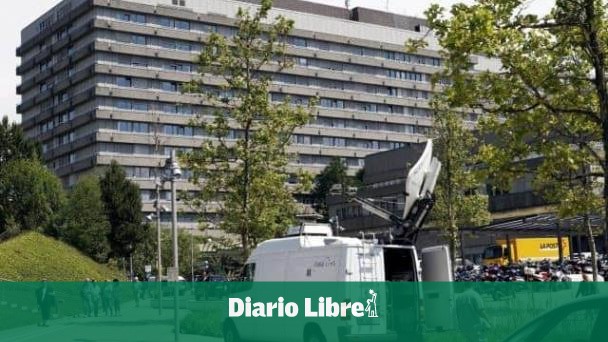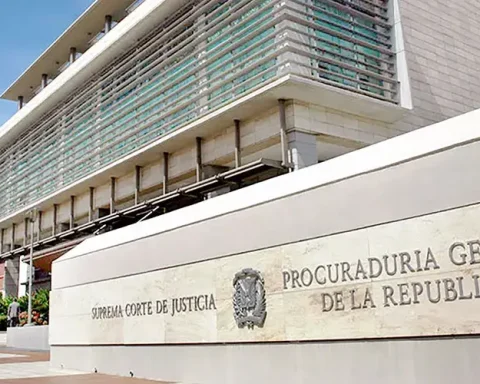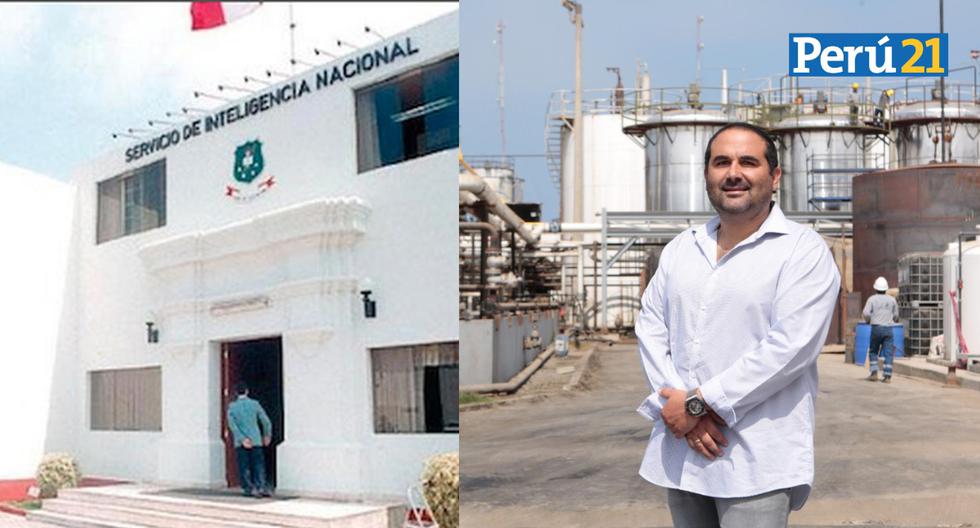a revolutionary treatment of radiotherapy against tumors that will go into operation in 2025 in Switzerland, which uses high-energy electron radiation similar to that experimented at the European Center for Particle Physics in Geneva (CERN), will reduce costs and lower the body’s exposure to radiation to just a few milliseconds.
The treatmentwhich has been presented today and in whose investigation has participated the own CERNholds out great hopes for increasing the efficacy of radiotherapy, reducing costs and lowering the exposure of the human body to radiation from several minutes to just a few milliseconds, thereby reducing possible side effects.
Although the cost of the device would be higher than those necessary for conventional therapies, the fact that in these treatments it could suffice with one sessionor two at most, would lower costs, indicated those responsible for this advance.
The breakthrough oncological was presented at a ceremony at the Vaud University Hospital Center (CHUV), in the Swiss city of Lausanne, where a special bunker will be built to house the apparatus with which the treatment.
“We will probably focus on treating multi-resistant tumors with it that cannot be cured by conventional treatments, such as glioblastoma (currently incurable brain cancer),” the head of the CHUV’s radio-oncology service, Jean Bouhris, head of the research.
ACTORS FROM DIFFERENT EUROPEAN COUNTRIES INVOLVED
The radiotherapy device, the first of its kind in the world, will be built by the THERYQ company, part of the French industrial consortium ALCEN, and the research program has been carried out thanks to an investment of 26 million euros from the foundations Biltema (Netherlands) and ISREC (Switzerland).
The device is based on FLASH technology, which uses very high energy electrons (VHEE for its acronym in English), studied for 10 years to try to treat cancers, including those resistant to conventional radiotherapy treatments, currently a third of total.
Initially it was experienced treatment in shallow tumors, less than three centimeters from the skin, in the Flasknife program, but the experts have already begun in a second phase called Flashdeep to raise the depth to 20 centimeters, which would make it possible to reach practically all solid tumors.
The treatment Flashdeep would use between 100 and 200 megaelectrovolts, an energy between 10 and 20 times greater than the Flashknife, which Bouhris explained has already been successfully tested in eight patients with skin cancer, so in the next two years the goal is to go deeper.
The bunker to be built at the Lausanne hospital will have a small particle accelerator, a kind of tiny version of the one that the CERN has on the French-Swiss border, and the electrons thus treated will be transferred to the patient.
THE PATIENT WILL NOT NOTICE BIG DIFFERENCES
“For the patient it will be like entering a normal radiotherapy room, they will not notice the difference, but there will be a difference in the full session time”, much shorter, Bouhris explained to EFE.
The device will accelerate and concentrate the electrons before they pass through the human body, an operation that will last less than a tenth of a second.
Other cancer research centers, some of them in the United States, are currently studying treatments with accelerated particles that use protons instead of electrons, although as highlighted today, this type of possible alternative could be between four and five times more expensive.
“The electron system would be much more compact and easier to apply,” said Bouhris, who anticipated the possibility that after the end of the two-year experimental period at CHUV, the new technology could begin to be shared with other research centers. cancer around the years 2026 or 2027.
The Ludwig Institute, one of the main communities of scientists for the fight against cancer (with offices in New York and Zurich) has been another of the key players in achieving the progress presented today, having collaborated with the CHUV during the decade of FLASH technology research.

















